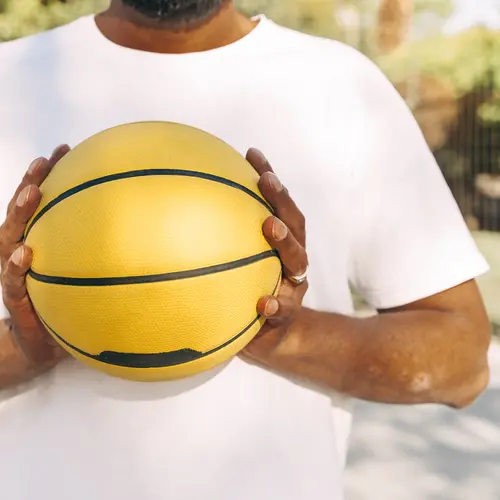Three of the more common skin conditions that people experience are blisters, corns, and calluses.
- Blisters: A blister is a bubble on the skin surface ranging from pinpoint size to more than an inch in diameter that often contains a clear liquid, although it may also contain blood or pus. They are different from pustules, which contain thicker, yellow-white material called pus. Blisters can form when the skin is repeatedly rubbed; for instance, when your shoes rub the same spot on your foot, when you wear shoes that don't fit properly, or when you wear shoes without socks. Depending on the cause, blistering may happen along with pain, redness, or itching.
- Corn: A corn is a build-up of hard skin near a bony area of a toe or between toes. Corns may be caused by pressure from shoes that rub against the toes or cause friction between the toes.
- Callus: A callus is a build-up of hard skin, usually on the underside of the foot. Calluses are caused by an uneven distribution of weight, generally on the bottom of the forefoot or heel. Calluses also can be caused by improperly fitting shoes or by a skin abnormality. It's normal to have some calluses on the soles of your feet.
How Are These Skin Conditions Treated?
Blisters
The skin covering the blister helps protect it from infection. Draining a blister is not recommended because of the risk of infection, but under certain conditions, your doctor may recommend you "pop" the blister with a sterile needle to allow the skin to re-attach. However, don't cut the skin away unless it is already torn and drying out. Keep the blister clean. Gently wash the area with mild soap and water or a cleansing towel and then apply antibacterial ointment to the blister. Cover it with a telfa pad and secure it with hypoallergenic paper tape to help protect the skin and prevent infection. You can also use a waterproof adhesive bandage. Change the dressing at least once a day and wear different shoes until the blister heals. Keep the wound covered with antibacterial ointment and a bandage until it is healed.
Corns
Don't try to cut the corn or remove it with a sharp object. After you take a bath or shower, while your skin is still soft, use a pumice stone or an emery board to smooth and gently remove the build-up of tissue. Move the emery board or pumice stone in one direction only. You can also use cushioned or medicated pads.
Calluses
Don't try to cut the callus or remove it with a sharp object. After your bath or shower, use a pumice stone to gently remove the build-up of tissue. You can use cushioned pads, donut pads, and insoles to keep the pressure off the callus area. Your health care provider may prescribe medications to soften the calluses.
How Can These Skin Conditions Be Prevented?
To prevent blisters, corns, or calluses on the skin:
- Wear shoes that fit properly and comfortably
- Wear socks with shoes
- Use foot powder to help keep your feet dry
- Wear gloves when you are doing manual labor or working with your hands

